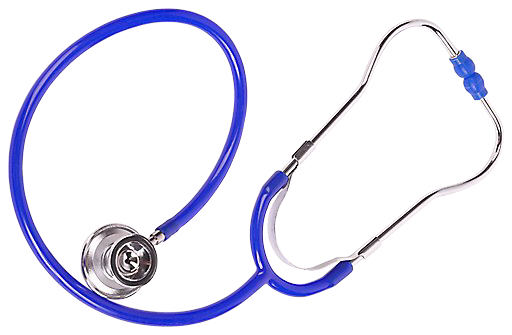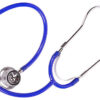As patients survive increasingly complex head trauma, stroke, and various encephalopathies, there is a pressing need for practitioners to have advanced knowledge of the underlying anatomical structures that mediate behavior. Understanding the roles of the frontal lobes, hippocampus, the differences between bilateral temporal lobes, and the optic system will assist the clinician in not only predicting a patient’s cognitive dysfunction, but also guide assessment and intervention. This course is designed to quickly review gross brain anatomy and the physiological processes that mediate self-regulation, executive functions, visual perception, and memory.


